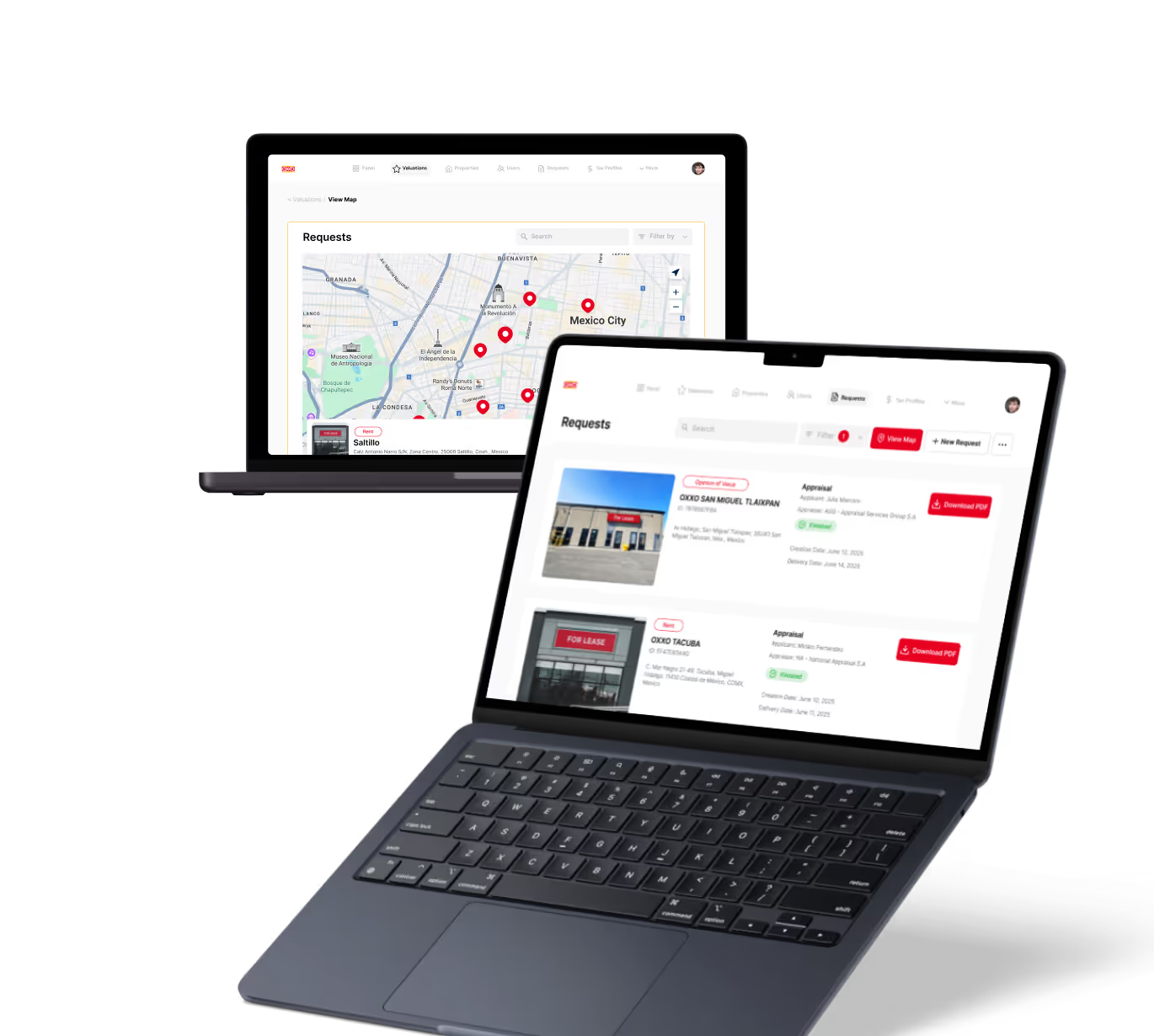Tiered Pricing in SaaS Pricing
Founders/Startups
Explore how tiered pricing works in SaaS, its benefits, examples, and tips to optimize your subscription plans.
Introduction to Tiered Pricing in SaaS
If you run or plan to start a SaaS business, understanding pricing strategies is key. One popular method is tiered pricing, which offers different subscription levels to match various customer needs. This approach helps you attract a wider audience and increase revenue.
In this article, we will explore what tiered pricing means, why it works well for SaaS companies, and how you can apply it effectively. You will also find real examples and tips to optimize your pricing tiers.
What Is Tiered Pricing in SaaS?
Tiered pricing is a model where a SaaS product is offered in multiple packages or tiers. Each tier has a set of features, limits, or services at a specific price point. Customers choose the tier that best fits their needs and budget.
This model allows businesses to serve different customer segments, from individuals to large enterprises, without creating separate products. It also encourages users to upgrade as their needs grow.
- Basic Tier: Entry-level features at a low price.
- Mid Tier: More features and higher limits for growing users.
- Premium Tier: Full features and priority support for advanced users.
Benefits of Tiered Pricing for SaaS Companies
Tiered pricing offers several advantages that make it popular among SaaS providers. Here are some key benefits:
- Flexibility: Customers can pick plans that suit their needs.
- Scalability: Users can upgrade as their business grows.
- Revenue Growth: Higher tiers generate more income per customer.
- Market Segmentation: You can target different user groups effectively.
- Reduced Churn: Offering options helps retain customers who might otherwise leave.
By structuring your pricing this way, you create clear value differences that help customers understand what they get at each level.
Examples of Tiered Pricing in Popular SaaS Platforms
Many successful SaaS companies use tiered pricing to great effect. Here are a few examples:
- Slack: Offers Free, Pro, Business+, and Enterprise Grid tiers with increasing features and user limits.
- Dropbox: Has Basic, Plus, Family, and Professional plans tailored to different storage needs.
- HubSpot: Provides Starter, Professional, and Enterprise tiers for marketing, sales, and service tools.
- Bubble: Uses tiers based on app capacity, features, and collaboration options.
These examples show how tiered pricing can be adapted to different SaaS products and customer bases.
How to Design Effective Tiered Pricing for Your SaaS
Creating the right tiers requires careful planning. Here are steps to design effective tiered pricing:
- Identify Customer Segments: Understand your users’ needs and budgets.
- Define Features and Limits: Decide which features belong to each tier and set usage limits.
- Set Clear Price Points: Prices should reflect value and encourage upgrades.
- Test and Iterate: Use customer feedback and data to refine tiers.
- Communicate Value Clearly: Make it easy for customers to compare plans.
Tools like Stripe Billing, Chargebee, or Paddle can help manage tiered subscriptions smoothly.
Common Challenges and How to Overcome Them
While tiered pricing is powerful, it comes with challenges. Here are some common issues and solutions:
- Too Many Tiers: Confuses customers. Keep it simple with 3-4 tiers.
- Feature Overlap: Avoid giving too many features in lower tiers that reduce upgrade incentives.
- Pricing Gaps: Ensure price differences match value differences.
- Customer Support: Offer appropriate support levels per tier to manage costs.
- Churn Risk: Monitor usage and offer personalized upgrades or downgrades.
Addressing these helps maintain a healthy subscription base and steady growth.
Using No-Code Tools to Implement Tiered Pricing
If you’re building a SaaS with no-code or low-code platforms, you can still implement tiered pricing effectively. Many tools support subscription management and payment integration.
- Bubble: Use plugins like Stripe.js to create subscription tiers and manage payments.
- Glide: Combine app features with payment tools to offer tiered access.
- Make (Integromat): Automate subscription workflows and user tier upgrades.
- Zapier: Connect payment platforms with your app to handle tier changes.
These tools let you launch and test pricing models quickly without coding.
Conclusion
Tiered pricing is a proven strategy for SaaS businesses to attract diverse customers and boost revenue. By offering clear, value-based subscription levels, you can meet different needs and encourage growth.
Remember to keep your tiers simple, communicate benefits clearly, and use data to refine your plans. With the right approach and tools, tiered pricing can become a key driver of your SaaS success.
FAQs
What is tiered pricing in SaaS?
Why do SaaS companies use tiered pricing?
How many pricing tiers should a SaaS product have?
Can no-code tools support tiered pricing?
What are common mistakes in tiered pricing?
How can I test if my tiered pricing works?
Related Terms
See our numbers
315+
entrepreneurs and businesses trust LowCode Agency
Investing in custom business software pays off
We were managing property valuations across multiple brands, and the complexity was overwhelming our traditional processes. Every day of delay in property evaluation meant potential lost revenue and competitive disadvantage.
15,000+
property valuations managed through centralized platform
40%
reduction in valuation processing time

J.Antonio Avalos
,
Product Manager Lead
OXXO



%20(Custom).avif)